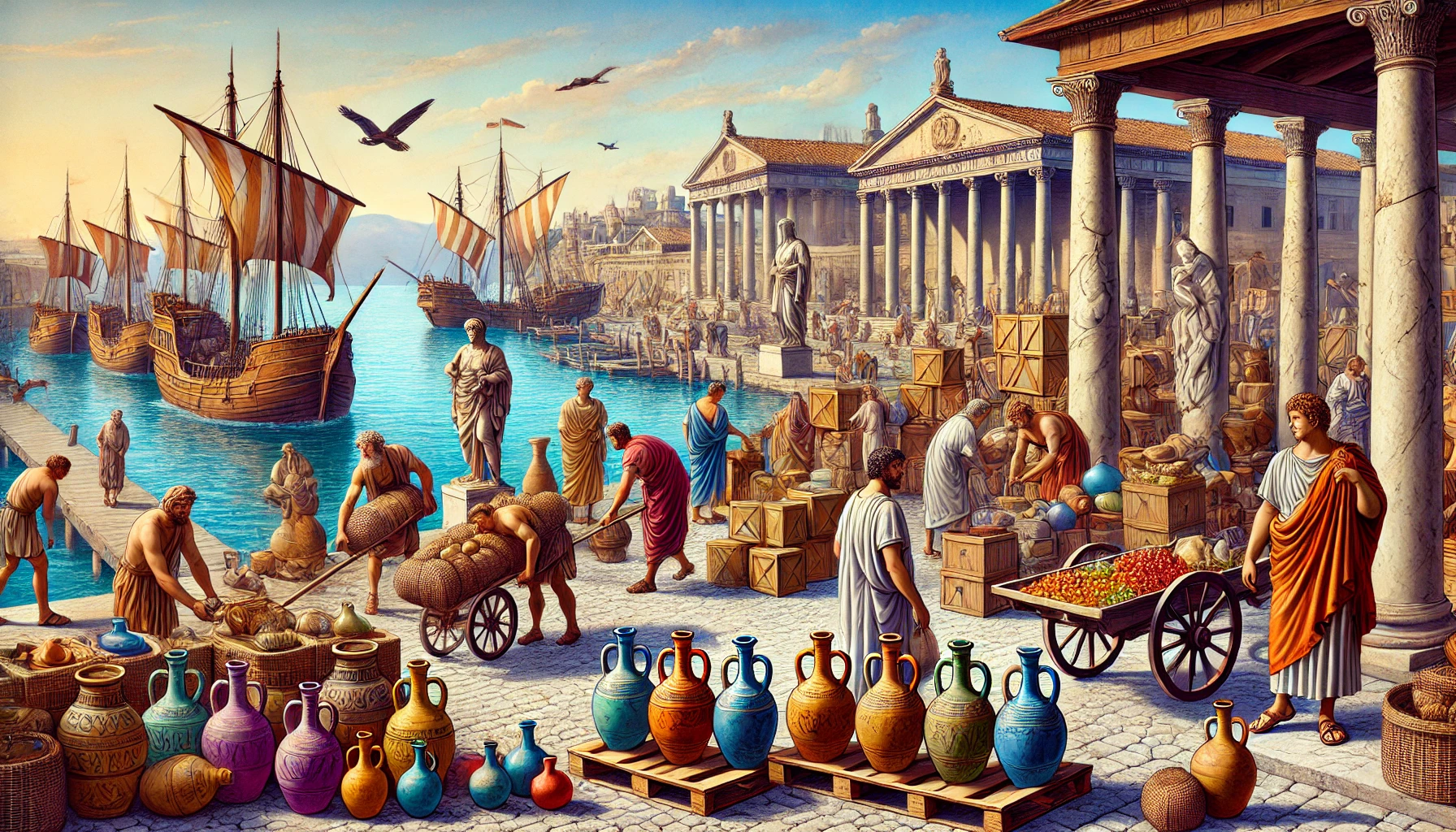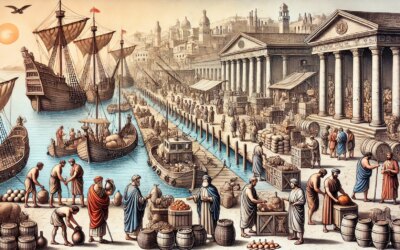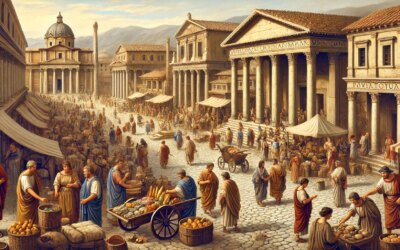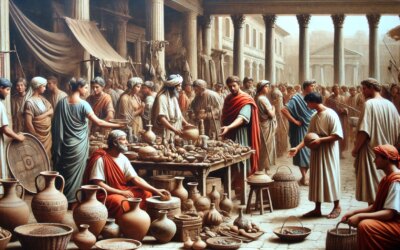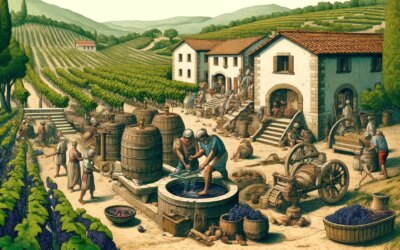Rome’s Growing Appetite: Why Ostia Was Built
By the 2nd century AD, Rome was a colossal metropolis, housing over a million inhabitants. Feeding such a population required an unmatched logistical machine—and at the heart of this network stood Ostia, the primary port of Rome. Originally established as a military colony around 620 BC, Ostia transformed under successive emperors into the empire’s most vital commercial artery, managing the flow of grain, olive oil, wine, and luxury goods from across the Mediterranean.
Engineering a Maritime Hub
Located at the mouth of the Tiber River, Ostia’s strategic position allowed easy navigation between sea and capital. Emperor Claudius initiated its first major expansion around 42 AD, digging a vast artificial harbor known as Portus with two curving arms and a central lighthouse. Under Trajan (r. 98–117 AD), the port expanded with a magnificent hexagonal basin—still visible today—providing safe anchorage for hundreds of ships and improving docking efficiency.
With warehouses known as horrea, wide stone-paved quays, and a fleet of tugboats (powered by oxen or enslaved rowers), Ostia became a model of Roman logistical planning. Goods arrived by merchant vessels, were cataloged and taxed by customs officers, and then moved upriver to Rome via flat-bottomed barges pulled by towpaths. The system ensured a steady flow of grain for the annona, Rome’s subsidized food distribution program.
The Goods That Powered an Empire
Ostia bustled with trade from every corner of the empire. The docks hosted:
- Grain from Egypt and North Africa, shipped in large bulk carriers called navis oneraria.
- Olive oil from Baetica (modern Spain), often stored in Dressel 20 amphorae—a staple artifact in archaeological digs.
- Wine from Gaul and Campania, identified by stamped amphorae.
- Marble, textiles, spices, and exotic animals, arriving from Syria, India, and beyond.
Each transaction was meticulously recorded by public notaries using wax tablets, while officials like the procurator portus supervised harbor activities. Ostia even had dedicated guilds—collegia naviculariorum—responsible for ship maintenance, cargo security, and scheduling.
A City Within a City
More than just a trade depot, Ostia evolved into a cosmopolitan city. By the 2nd century, it boasted temples, baths, theaters, and insulae (apartment blocks). Latin inscriptions reveal a diverse population of freedmen, merchants, soldiers, and foreigners—many of whom practiced foreign cults like those of Isis or Mithras. The Piazzale delle Corporazioni, with its intricate black-and-white mosaics, illustrates over 60 trade offices representing businesses from Carthage to Alexandria.
Security and Infrastructure
Rome’s economy could not afford interruptions. Fire brigades, night watchmen, and port inspectors ensured safety and order. Warehouses like the Horrea Epagathiana et Epaphroditiana used keyed locks and tagged doors to prevent theft. Surveillance towers and the stationes (customs posts) allowed control over goods and taxation, feeding the imperial treasury.
Decline and Abandonment
As the empire declined, so did Ostia. Silting of the Tiber and rising instability led to a shift in trade routes. By the 5th century, the once-crowded docks grew quiet, and malaria outbreaks thinned the population. Yet the city was never fully abandoned. Christian churches replaced temples, and remnants of Roman commerce endured into the early Middle Ages.
Ostia Today: A Window into Roman Life
Modern excavations have unearthed vast sections of Ostia, offering unparalleled insight into Roman commercial and urban life. Tourists walk along original Roman streets, past bakeries, latrines, shops, and painted tavern signs. Unlike Pompeii, Ostia offers a broader social tapestry—revealing not just a frozen moment, but a living, working port city.
Legacy of a Port That Fed an Empire
Ostia’s rise mirrored Rome’s imperial ambition—and its decline echoed the fading glory of the empire. Yet its innovations in harbor design, supply chains, and civic planning left a blueprint studied even today. In the rhythm of goods moving from ship to market, Ostia kept Rome alive—and in its ruins, we rediscover how the ancient world was built not only by emperors and armies, but by merchants, dockhands, and sailors who toiled where land met sea.

